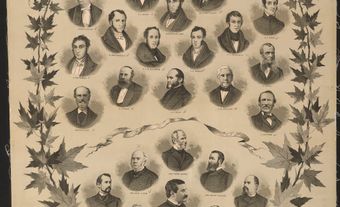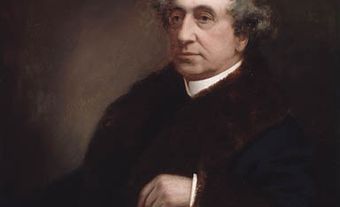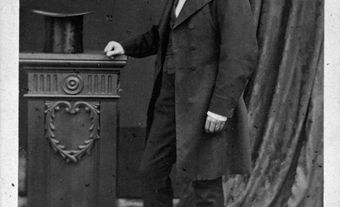
Montréal Riots
The Montréal Riots, the most spectacular moment of which was the burning of the Parliament building on 25 April 1849, occurred during a serious economic and political crisis in the Province of Canada. After 1848 the Reformers had formed the government; relegated to the Opposition, the Tories, who were largely Anglophones and supported British rule and economic links with Britain, felt threatened by the French Canadian influence in government. Resentment was felt most keenly in Montréal, the capital city, where the population was half English speaking, half French speaking.
In February and March 1849 when the LaFontaine-Baldwin ministry passed the Rebellion Losses Bill, the opposition violently denounced the Act. On April 25, at the Tories' instigation, crowds of protesters opposed Governor General Lord Elgin's sanction of this law; they threw stones and rotten eggs at his carriage. That evening, public protest turned into a riot: the mob invaded Parliament and set fire to the building. The riots involved thousands of people, lasted 2 days and included attacks on the private property of several Reform leaders, including LaFontaine and Hincks. But Lord Elgin's endorsement of the majority decision in Parliament - in effect an affirmation of responsible government - won the approval of most of the people and of the British government. Less than a month after the riots, however, it was decided that the seat of government should no longer be Montréal, which was considered too susceptible to ethnic tensions.

 Share on Facebook
Share on Facebook Share on X
Share on X Share by Email
Share by Email Share on Google Classroom
Share on Google Classroom


